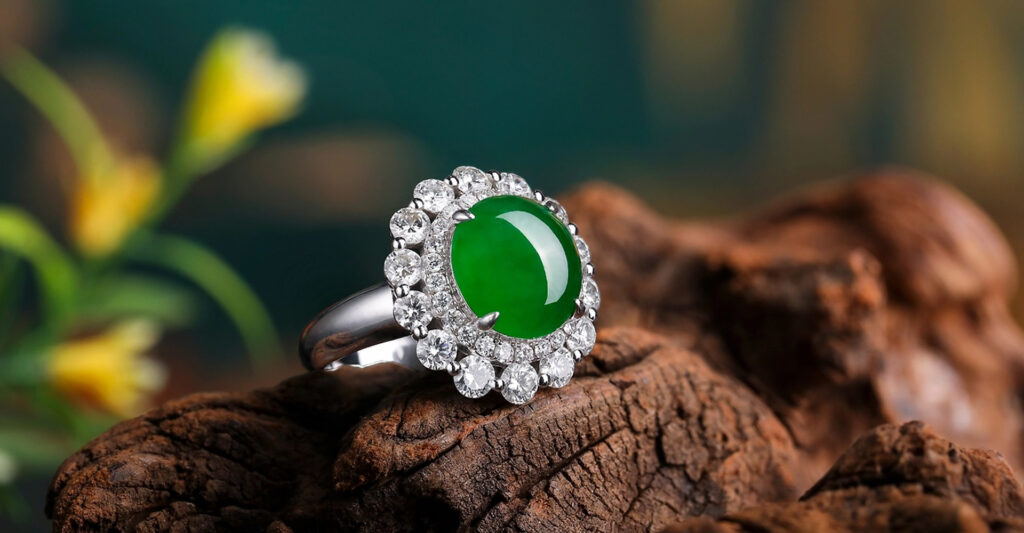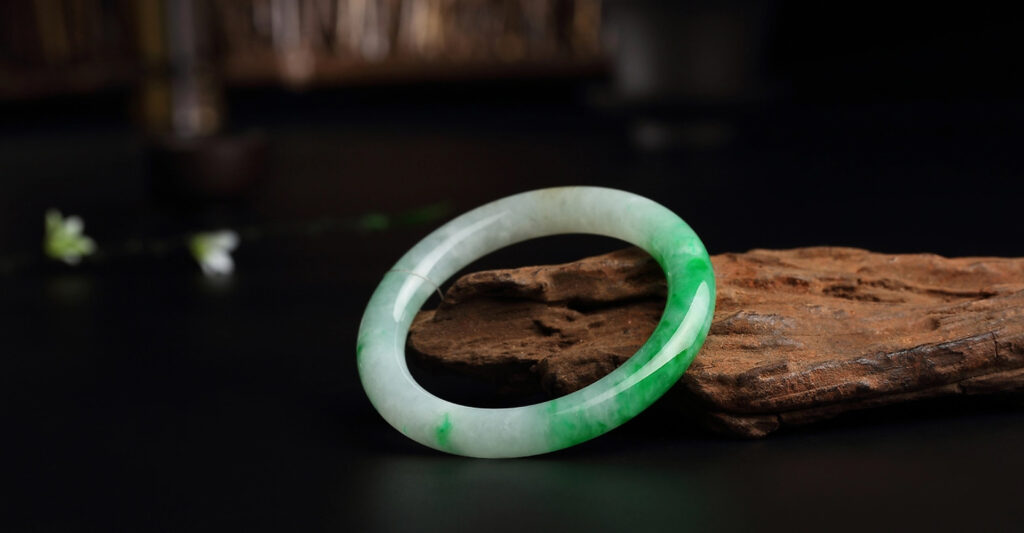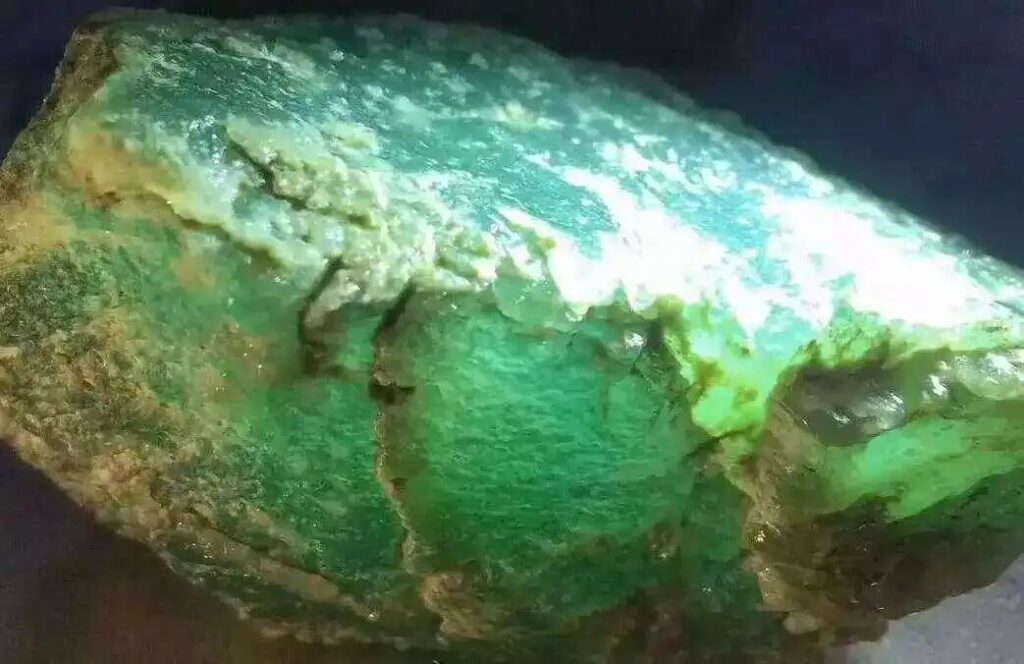During visits to the Yipin Tianxia Foshan Jade Art Gallery, we’ve noticed many visitors struggle to distinguish the specific conceptual differences between “jadeite” and “jade.” With more people wearing and collecting jadeite today, how should we correctly understand the terms ‘jadeite’ and “jade”?
1. The Conceptual Distinction Between “Jadeite” and ‘Jade’
In the field of gemology, “jade” is a broad category encompassing jadeite, Hetian jade, Xiuyan jade, Dushan jade, Huanglong jade, and others. “Jadeite,” however, specifically refers to one variety within the jade family.
The relationship between jadeite and jade is analogous to that between “tea” and “Tieguanyin.” ‘Tea’ represents a broad category encompassing Tieguanyin, Longjing, jasmine tea, Pu’er tea, black tea, and other varieties, while “Tieguanyin” refers exclusively to this specific tea.
It can be said that jadeite is a type of jade, a member of the larger “jade” family. However, when people casually refer to “jade,” they are not necessarily referring specifically to jadeite.
It’s important to note that within the jadeite industry, operators habitually shorten “jadeite” to simply “jade.” For instance, phrases like “buying and selling jade,” “doing the jade business,” or “jade bracelets” are commonly used. Among jadeite traders, this terminology carries an unspoken understanding: in their minds, ‘jadeite’ equals “jade.”

2. What is jadeite?
Jadeite is hailed as the king of jades and is the only internationally recognized gem-quality jade. It possesses characteristics and advantages unmatched by numerous other jade varieties.
Specifically, jadeite exhibits six prominent features: rich coloration, stable physical properties, intense luster, high refractive index, high specific gravity, and high hardness.
Additionally, gem-quality jadeite is exclusively sourced from specific veins in Myanmar. This singular origin inherently ensures its noble quality—as the saying goes, “Rarity makes it precious.”

3. What are the types of jade?
According to the classification system of the Gemological Institute of Guangdong (GIG), jade is divided into soft jade and hard jade. Soft jade refers to traditional Chinese jade materials, with the name “jade” itself originating from soft jade. Since jade from the Hetian region of Xinjiang is considered superior, people often refer to “Hetian jade” as soft jade. Jadeite from Myanmar is classified as a type of hard jade.
Nephrite—with a Mohs hardness of 6.0 to 6.5—specifically refers to jade composed of minerals such as tremolite and actinolite. Its most renowned varieties include Hetian jade, Qinghai jade, Xiuyan jade, and mutton-fat jade.

Jadeite—with a Mohs hardness of 6.5 to 7.0, it belongs to the group of aluminum-sodium silicate minerals. Jadeite is a type of jadeite—only specimens containing at least 50% silicate minerals qualify as jadeite.
4. Price Differences Between Jadeite and Other Jade Varieties
Among the numerous members of the jade family, jadeite stands out as the most valuable. A single green jadeite bracelet can sometimes fetch tens of millions of yuan. The second most expensive overall is Hetian jade; while ordinary-quality Hetian jade is more affordable, premium-grade Hetian jade can rival mid-to-high-end jadeite in price.
Due to the limited size of raw Hetian jade material, few pieces are suitable for crafting bracelets. Consequently, a genuine Hetian jade bracelet of mutton-fat jade quality can command a price approaching one million yuan.
Among all types of jade, jadeite and Hetian jade are arguably the two most expensive varieties.
Even mid-range or lower-grade jadeite or Hetian jade jewelry commands higher prices than high-quality pieces made from other types of jade.
By comparison, the prices of other jade varieties besides jadeite and Hetian jade are relatively low.